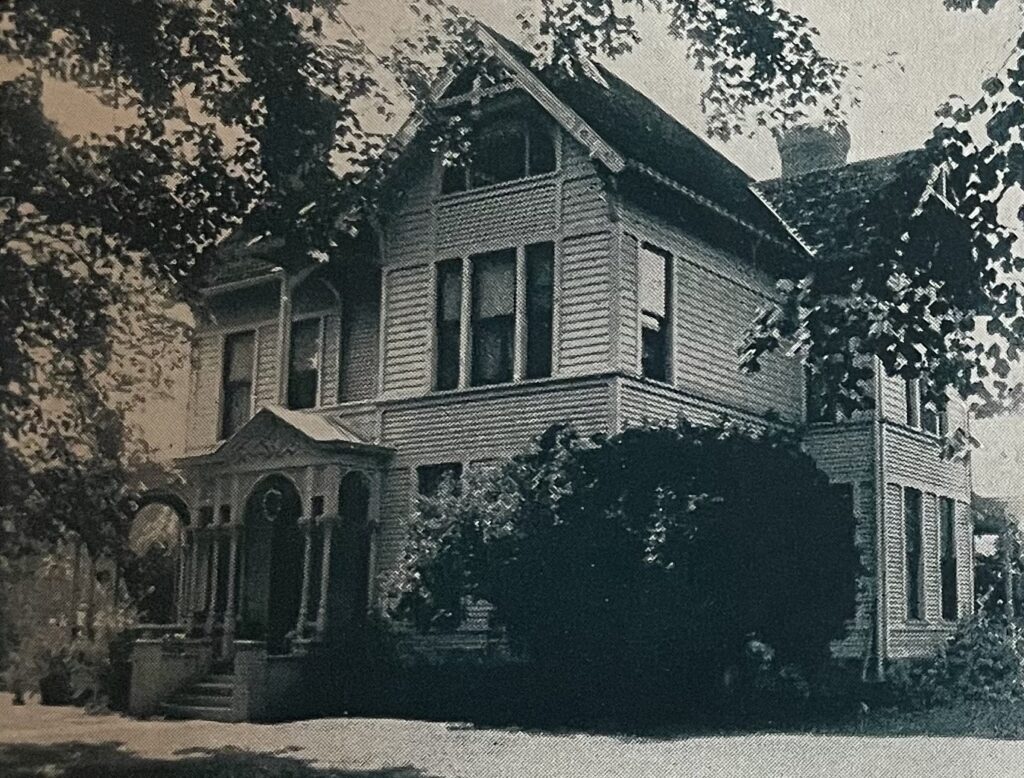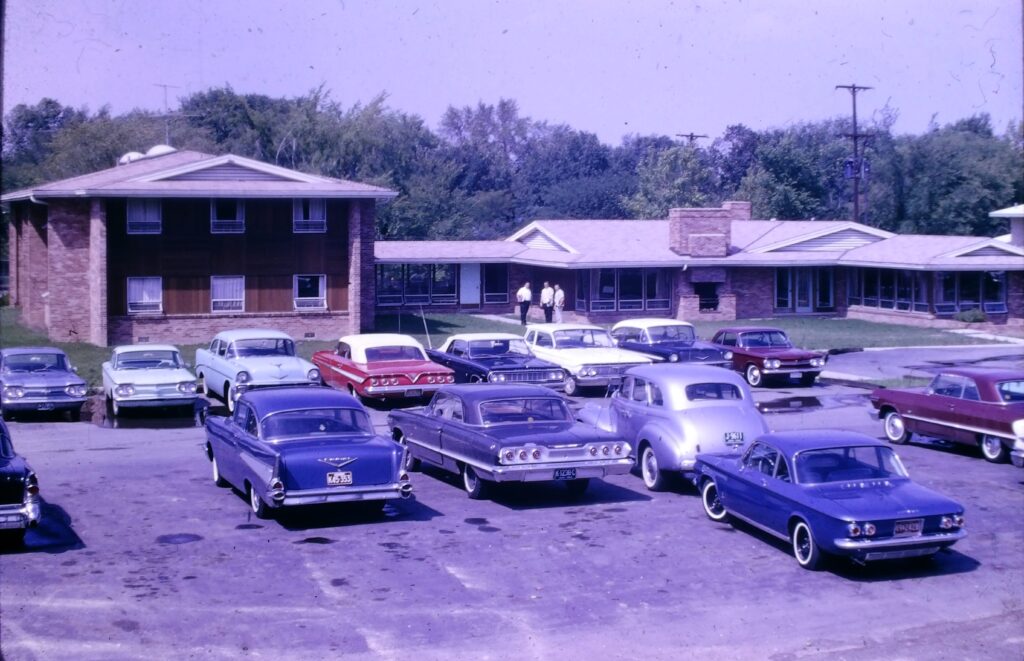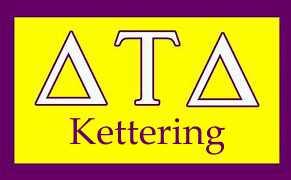National History:
.jpg)
It was 1858 at Bethany College in what is now northern West Virginia. The Neotrophian Literary Society, an organization that allowed students to practice and demonstrate their skills in poetry, public speaking and writing essays, voted to give a prize. But the members of another organization held control over the Neotrophian Society, and they fixed the vote.
Eight men were not content to be idle and let this continue. Angered by these unscrupulous tactics, they responded by forming a secret society at the college. Its initial goal was to wrestle control from the Neotrophian Society away from a group of unjust students and return it to the control of the student population, as well as to bond the student body through respect and common values. These men were drawn together by common aims and brotherly regard. They came to be known on the campus only by the Greek letters Delta Tau Delta. They founded an organization based on the principles of truth, courage, faith and power. These principles guided the Fraternity through its beginnings.
Since 1858, the Fraternity has spread to nearly 200 campuses, with more than 130 active chapters and colonies comprised of roughly 10,000 students. More than 170,000 men have joined the brotherhood of Delta Tau Delta since its founding.
Local History:

In the late summer of 1927, a group of nine General Motors Institute students banded together to form a partnership known as Gamma Mu Tau Fraternity. Later in 1932 Gamma Mu Tau would become officially incorporated as a fraternity at GMI. During World War II the chapter was able to survive the male-student shortage of the war. By now Gamma Mu Tau had sold the old firetrap in which it had been living and had purchased a beautiful neo-classic mansion on Nolen Drive, overlooking Mott Park Golf Course, fairly close to the school. A zoning exception for a multiple occupancy dwelling had been obtained. Expensive remodeling had made the home suitable for fraternal living, and all had seemed well. Soon, however, a neighbor instituted a court action to reverse the zoning exception. It became apparent that a battle was about to develop, with unfavorable publicity. Therefore, the President of the college requested the group sell the property and move elsewhere. In return, the school offered to sell the fraternity an old mansion, which it owned near the downtown district of Flint. The immediate outcome was that the group had a fifty-year old house, in an undesirable location with a debt increased by losses incurred in the remodeling and resale of the Nolen Drive property.
However, it turned out that the group’s fortunes were about to turn. In the following year, 1950, a local newspaper decided to purchase the whole block in which the latest house was located. Shrewd negotiations, in which the Advisor, the late Harry S. Briggs, played a major part, resulted in the sale of the property for some $90,000, the house itself being retained (lifted off its foundation and moved to a new property). Unfortunately, payment of the mortgage, building a new basement, and adding new siding, plumbing, and a heating system quickly diminished the $90,000 profits earned from selling the old property. The old house, though it had been made vastly more livable, promised to be a rat hole down which unending sums of money might be poured.
In 1952, the first steps were taken toward having a brand-new house sometime in the future. A joint Alumni- Member Investment Committee was set up to conserve and increase capital. On Mr. Briggs’ death in that year, the chairman of this committee, Rollo E. Smith, became Advisor. The members then voted to increase the amount of capital, to undertake no further major improvements, and perform all repairs and maintenance of the current Shelter themselves.
By 1960, architectural plans for the new house had been drawn, a lot had been purchased in a location close to the school and just across from Ballenger Park, and construction bids were being requested. When bids came in, they far exceeded the architect’s estimates, ranging up to $325,000. Funds available for a new house totaled just over $100,000.
At this time, Mr. Smith, who had become GMI Director of Operations, was replaced as Advisor by Harry P. McKinley, who was to guide the group not only through its building program, but also through its Installation as a Chapter of the national fraternal organization Delta Tau Delta.
Mr. McKinley’s first step was to eliminate certain desirable but non-essential features of the new house plans. Next, the members agreed that they would do much of the interior finishing by themselves. On that basis, it was possible to reduce the overall cost to $201,700.
With the cost of a new house significantly lowered members took the step to pay the rest with a mortgage from Genesee Merchants Bank. It is of some interest that the mortgage was signed by the student officers only, the bank later reduced the interest rate. By 1961, the house was occupied. On March 23, 1963, Gamma Mu Tau fraternity official became the Epsilon Iota Chapter of Delta Tau Delta Fraternity. On September 29, 1969, By unanimous vote, it was decided to pay off the mortgage from three existing funds. This was done, and in celebration on October 12, 1969, the mortgage was burned “by proxy” (the payment book). the Genesee Merchants Bank presented the Chapter with a set of ceremonial robes.

The corporation then voted that a committee should be appointed to determine priority for needed repairs and improvements. If necessary, the regularly budgeted funds will for a time be augmented by a portion of the amounts formerly assigned to the mortgage payments of bond retirement. A substantial amount of the payment, however, is to go to a building fund for the future, and as soon as possible, the entire amount that has been paid on the mortgage is scheduled to go to this fund. Thus 15 to 20 years from then, it would be possible to rebuild the whole shelter if necessary.
Just as those who are now alumni showed wisdom and loyalty in laying the financial foundation for the new house, so the present members have accepted their responsibility for those to follow.
On March 24, 1984, as the B Section members were returning to the Shelter a shocking event occurred. Manfred F. Schleuss, who had been an Advisor for nearly 20 years, was brutally attacked in his house and died immediately. The members grieved much over the loss of not only their Advisor, but also their dear and trusted friend. Although he is no longer present, his presence will be felt for many years.
Today Delta Tau Delta Epsilon-Iota remains one of the most prominent social fraternities at Kettering, all thanks to the hard work of the Gammas and Delts who paved the way for a sustaining brotherhood.
